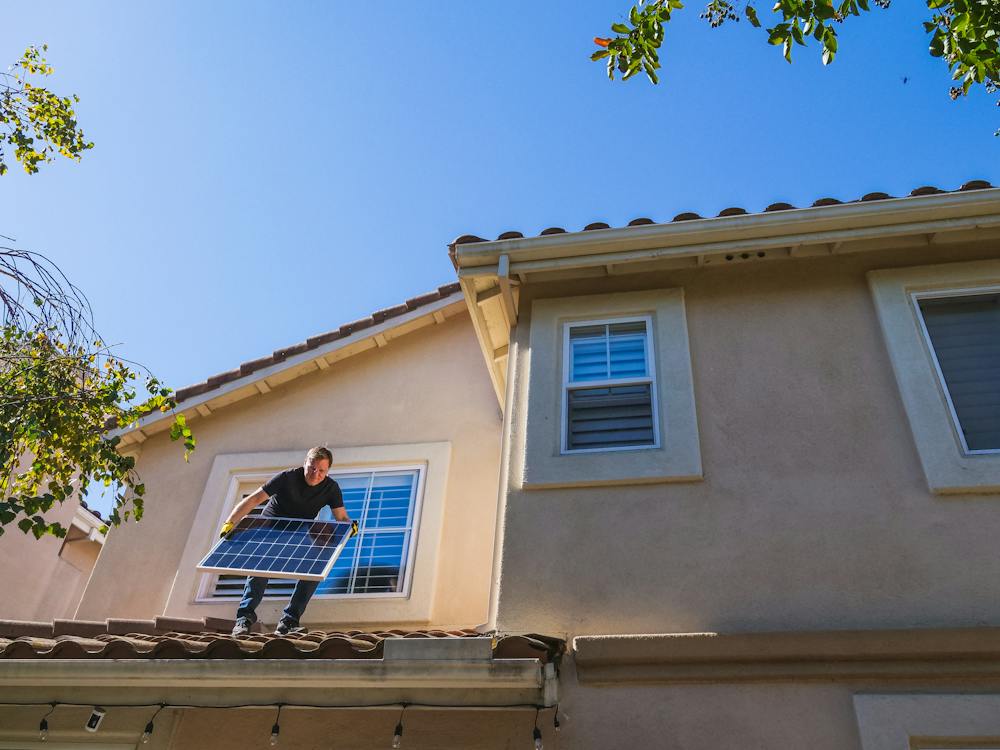After reconsidering the plans for a solar-powered food dehydrator – which originally consisted of a drying rack built into the roof of the conservatory, we have now built the new and improved version and we have to say after trying it out, that it does a fantastic job!
We already have an electric food dehydrator and it does dehydrate food reasonably well, however it uses a lot of electricity, it’s noisy, and its size is quite restrictive. As the point of this whole gardening project is to become a little less reliant on electricity, we figured there had to be a way of drying naturally, using only the power of the sun – after all, who hasn’t heard of sun-dried tomatoes?
Those into preparedness will also like this kind of design as it is an efficient and 100% off-grid way to preserve valuable food for winter supplies.
The original idea was to use the conservatory. When the sun shines, it gets hot in there, so we figured a few drying racks on the ceiling ought to do the trick. We went ahead and jerry-rigged a rack and net system (see photo right) but the more we thought about it, the more we figured it wasn’t going to work. Drying is about air movement and although the roof of the conservatory gets hot, there is not much movement of air there.
Our next approach was to research various types of solar dehydrators. One of the designs we discovered was very simple – just two cardboard boxes joined together. One acted as the heat collector, the other was the dehydration chamber. The heat collector was a narrow box with a large hole cut in one side that was pointed towards the sun. The inside of the box was painted black, and the hole was covered in plastic wrap – to act like glass. The resulting ‘greenhouse effect’ heat would rise up and feed into the other box (which was elevated), where the dehydration process would occur. Simple yet effective.
We decided to expand on the idea when we discovered something called solar furnaces. YouTube has many videos showing how people are making solar heaters for their homes out of beer cans and a few bits of wood – quite ingenious really! So we decided to combine the two styles and came up with a design of my own, incorporating the solar furnace feeding a large dehydration chamber.
The video below shows how you can make one.
We’re expecting, or rather, hoping for, a bit of a glut at some point during the summer with all the food we’re growing. So, as long as we have some sunshine, solar food dehydrator should really help to preserve a lot of it.
We’ve tested the setup we have and it takes about three days of sunshine to completely dry a full batch of sliced tomatoes. Mushrooms take two days. Apples take a tad longer than three days. That should mean at least two full batches per week, and with the size of the unit, that should mean a lot of food will be preserved for the winter at zero cost to us – now that’s some kind of deal!

